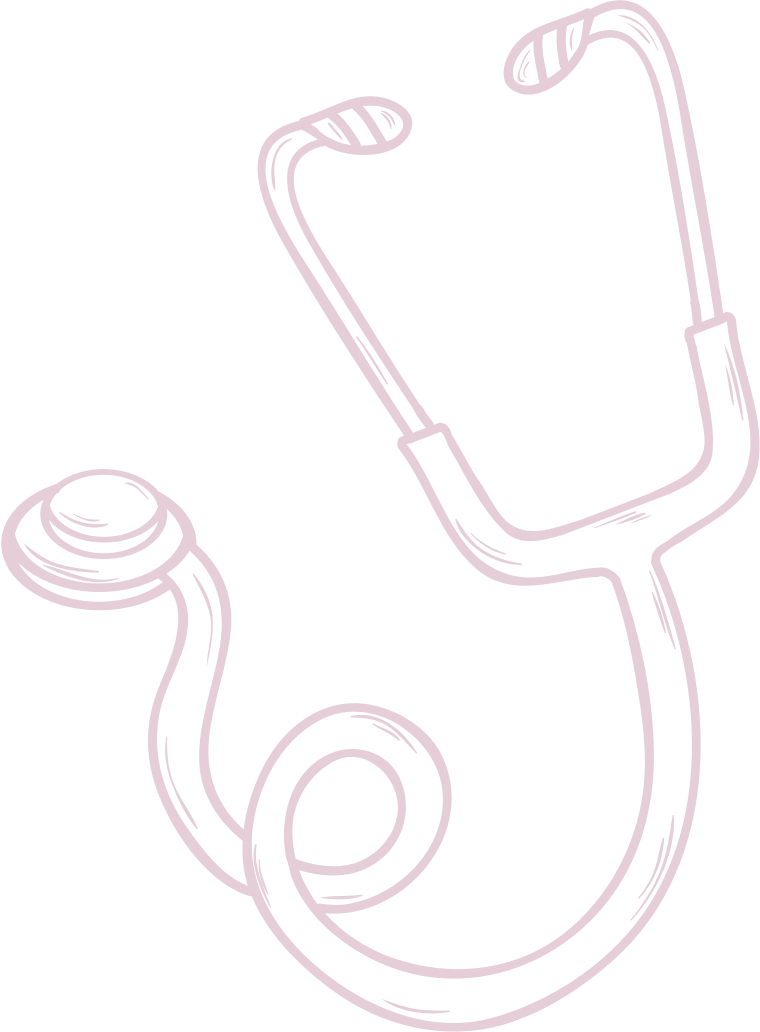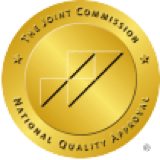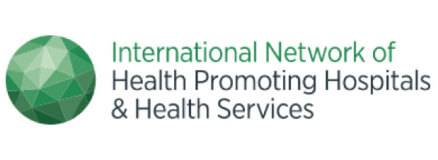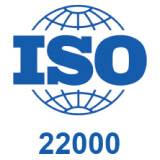One-stop Cardiac Services
Cardiac Services
The CCIC in HKAH–TW provides a range of diagnostic and therapeutic procedures for cardiac patients living in Western Kowloon and the New Territories. Patients in a critical condition will no longer have to travel long distances for life-saving interventions. The enhanced angiography system-HD digital imagery not only increases diagnostics and treatment accuracy, but also improves the comprehensiveness, safety and speed of cardiac examination. Follow up by CCIC team, patients could be able to make a good recovery.

Cardiology
Dr. Chan Wai Ling
Consultant In Cardiology

MBChB (CUHK)
MRCP (UK)
FHKCP
FHKAM (Medicine)
MRCP (UK)
FHKCP
FHKAM (Medicine)
Cardiology
Dr. Chow Wing Hing
Adventist Health Physician
Consultant In Cardiology
Consultant In Cardiology

MBBS (HK)
MRCP (UK)
FRCP (Edin)
FHKAM (Medicine)
MRCP (UK)
FRCP (Edin)
FHKAM (Medicine)
Cardiology
Dr. Fu Chiu Lai
Consultant In Cardiology

MBBS (HK)
MRCP (UK)
FHKCP
FHKAM (Medicine)
FRCP (Edin)
MRCP (UK)
FHKCP
FHKAM (Medicine)
FRCP (Edin)
Cardiology
Dr. Ho Kwok Tung
Adventist Health Physician
Consultant In Cardiology
Consultant In Cardiology

MBBS (HK)
MRCP (UK)
FHKCP
FHKAM (Medicine)
Dip Ger Med RCPS (Glasg)
MRCP (UK)
FHKCP
FHKAM (Medicine)
Dip Ger Med RCPS (Glasg)
Charges for Out-patient Services
Services Fees & Packages
Facilities and Services
Fees and Charges
Location
199 Tsuen King Circuit, Tsuen Wan, N.T., Hong Kong
Telephone
WhatsApp














